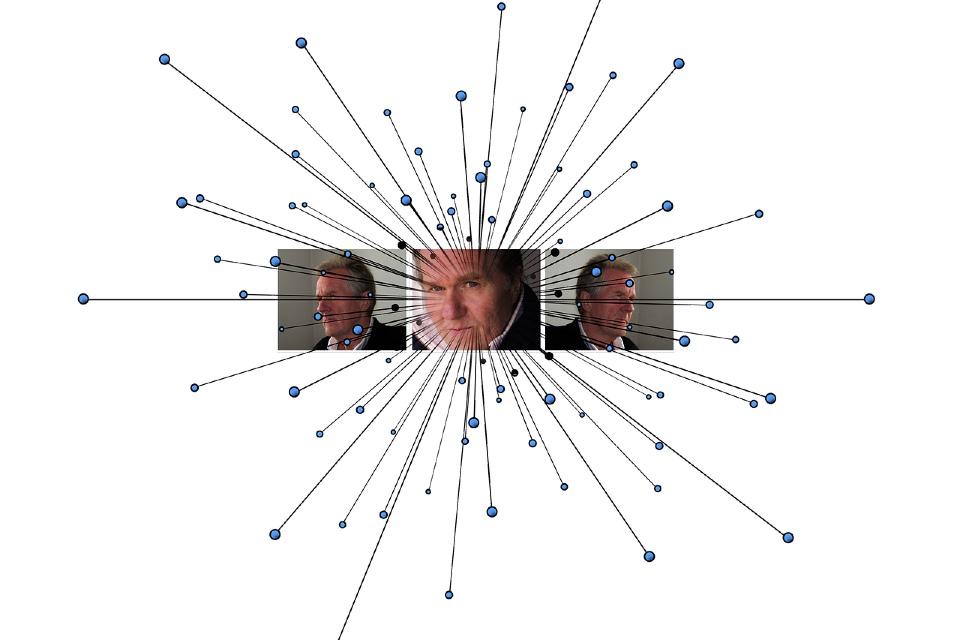How is image recognition software transforming the customer experience?
Across the world, the image recognition market is expected to reach $38.9 billion by 2021. Clearly, this technology is growing in use and demand — but why?
Many industries differ with regard to how they use new tech products, and the same applies to image recognition software. From improving the customer experience to streamlining operational procedures, Precision Printing — a specialist personalised wallpaper — explores how the software works and why it could enhance business…
What is image recognition technology?
Essentially, this technology is designed to retrieve, process, examine, and interpret pictures, photos and high-dimensional data. It takes this from the ‘real world’ and produces useful information in multiple formats. This could be anything from uploading a photo of a group of friends to Facebook that automatically tags each person to their accounts, to taking a digital fingerprint scan in order to determine a person’s identity.
Partly because 80% of the content online is visual, image recognition technology is rapidly growing and is becoming more and more adept at mimicking human vision and understanding.
How is it transforming customer engagement and business processes?
Generally, image recognition software is benefitting industries across the board. Many companies now have a digital presence, whether on social media or via an online store. A major advantage of this technology is that it can offer real-time insights into consumer behaviour — but not only your consumers. Visual analytics will allow you to monitor the consumer behaviour of your competitors, which will allow you to address their concerns within your own campaigns and potentially attract them to your brand instead.
Keeping an eye on your online competitors is essential — but tricky. With image recognition software, you can now find similar content to what your brand is putting out on social media and track down social mentions of your company — no more manual, time-consuming searches. Not only will this help you monitor the competition in your industry, but it will also allow you to be more responsive to marketing opportunities that would otherwise have been missed and pick up on trends that may be flying under the radar.
Many brands are opting to launch apps — not a surprise considering that it’s predicted that global gross app revenue will hit $102 billion by 2020. Clearly, there is money to be made and customers to be won with apps, but how does image recognition assist? This technology can help brands boost engagement levels with their consumers, letting them extend beyond the standard boundaries of online and offline and making the app more immersive. As a result, promotional material and discount offers should be able to pack a greater punch and potentially offer a greater ROI.
How image recognition affects individual industries
This technology offers opportunities for all brands and sector — but which in particular are already seeing benefits?
Fashion
Image recognition promises to play a major role in the fashion industry. Firstly, a consumer, when leafing through a magazine, can use image recognition software on their mobile devices to scan a product they’re interested in and land straight onto its product page or relevant online marketing content, which could increase the chances of a conversion. Similarly, consumers can upload images of clothes they like and shop online for similar or complementary products — streamlining the shopping experience.
From a brand perspective, image recognition makes picking up on trends much easier and quicker — due to the rapid evolution of trends in this sector, this could prove invaluable.
Automotive
The automotive industry is also benefitting from image recognition technology. Self-driving vehicles are an emerging market and they’re being developed with the assistance of image recognition. To ensure that self-driving cars are safe, they need to be able to detect hazards immediately and make informed decisions regarding their next action to avoid causalities. That’s where image recognition comes in. With this technology, self-drive car sensors will be able to spot dangers on the road in the same way as a human motorist does, reacting in a way that should avoid crashes and accidents.
Although we’re still a while away from having motorways full of self-driving vehicles, image recognition is certainly already playing a part in the automotive industry and will help some brands in the sector capitalise on a trend that may be huge in the future.
Healthcare
Image recognition software is also a useful tool for healthcare professionals. The technology is currently being used to help process the huge numbers of medical images that need verifying and checking in the sector. As a result, doctors can diagnose conditions and diseases at faster rates and with great accuracy, meaning less stress for the patient and easing the pressure on the doctor when it comes to arranging the best course of action.
Image recognition is a growing technology that looks set to benefit companies on many levels. Are you clued up on how it can help your business in 2018?
Sources:
https://mobgen.com/image-recognition-can-beneficial-company/
https://www.upwork.com/hiring/data/how-image-recognition-works/
https://www.itproportal.com/features/a-guide-to-ai-image-recognition/
Image by Gerd Altmann from Pixabay


